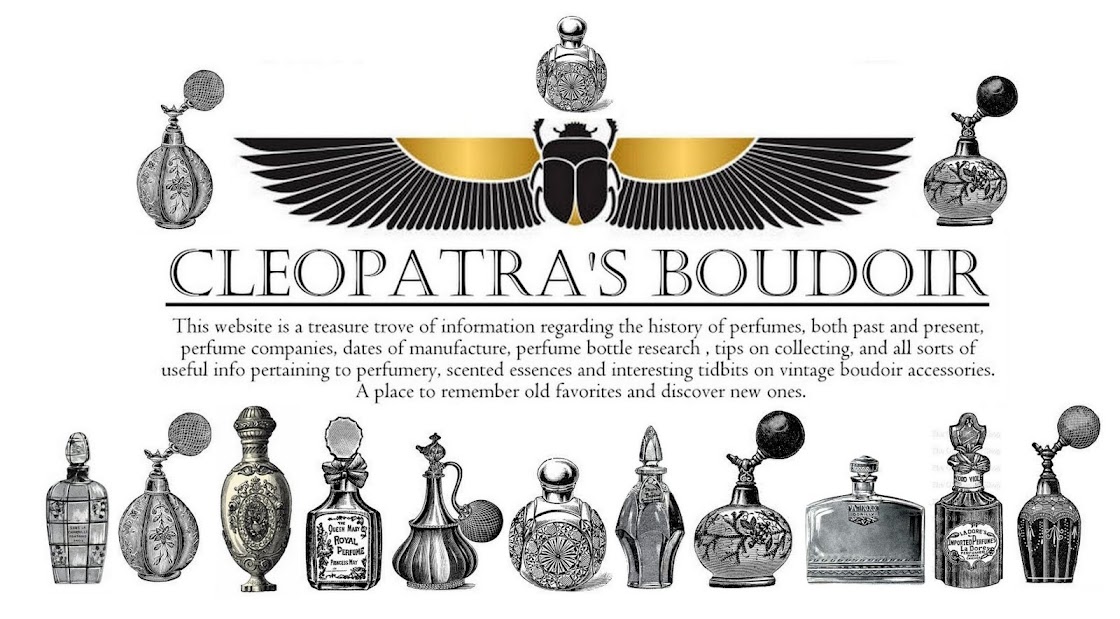Fragrances can be classified by certain olfactive families, or themes, or accords.
Citrus:
also known as hesperidic, have the familiar, fresh, crisp scents of lemons, oranges, tangerines and grapefruit peels, as well as the more exotic of scents of bergamot, petit grain and neroli (orange blossom). Eau de Cologne is the classic citrus scent. Citrus notes are generally found in men’s colognes and women’s sporty type perfumes or colognes. There are subdivisions of classifications in this family and they are:floral chypre citrus, citrus spicy, citrus woody, citrus amber, and citrus aromatic.
Fragrances that are classified as Citrus are:
Citrus:
also known as hesperidic, have the familiar, fresh, crisp scents of lemons, oranges, tangerines and grapefruit peels, as well as the more exotic of scents of bergamot, petit grain and neroli (orange blossom). Eau de Cologne is the classic citrus scent. Citrus notes are generally found in men’s colognes and women’s sporty type perfumes or colognes. There are subdivisions of classifications in this family and they are:floral chypre citrus, citrus spicy, citrus woody, citrus amber, and citrus aromatic.
Fragrances that are classified as Citrus are:
- Armani by Giorgio Armani
- Boss by Hugo Boss
- California for Men by Max Factor
- Calyx by Prescriptives
- Cool Water for Men by Davidoff
- Eau de Courreges
- Eau de Guerlain
- Eau de Rochas
- Eau de Patou by Jean Patou
- Eau Fraiche by Christian Dior
- Eau Sauvage
- Guess by Georges Marciano
- Herrera for Men by Carolina Herrera
- Imperiale by Guerlain
- Lagerfeld Photo by Karl Lagerfeld
- Lauder for Men by Estee Lauder
- Listen for Men by Herb Alpert
- Liz Claiborne by Liz Claiborne
- Monsieur de Givenchy
- Nobile by Gucci
- O de Lancôme by Lancome
- Poison by Christian Dior
- Santa Fe for Women
- Tiffany for Men by Tiffany & Co
- Tuscany per Uomo by Aramis
- 4711
















































